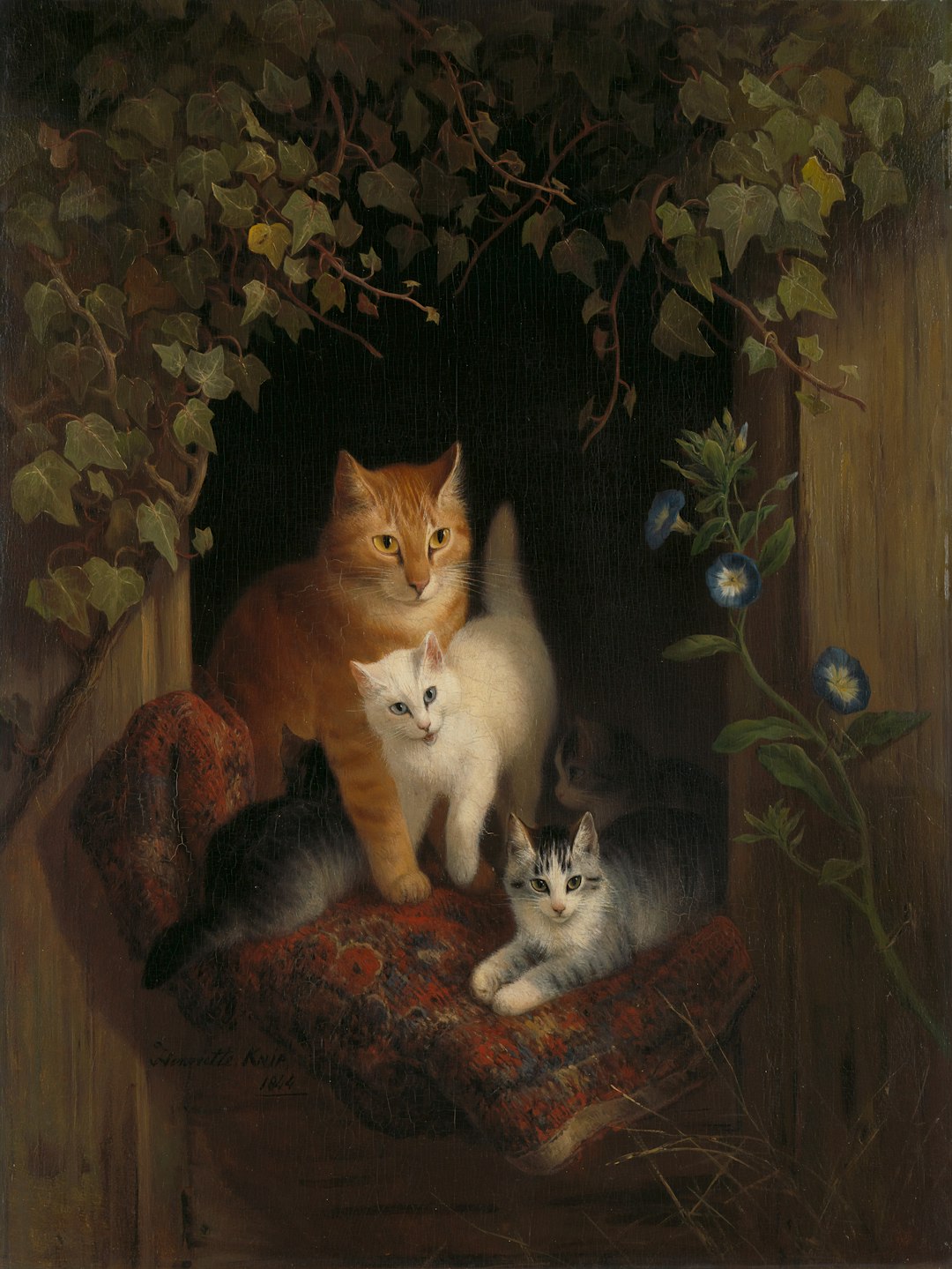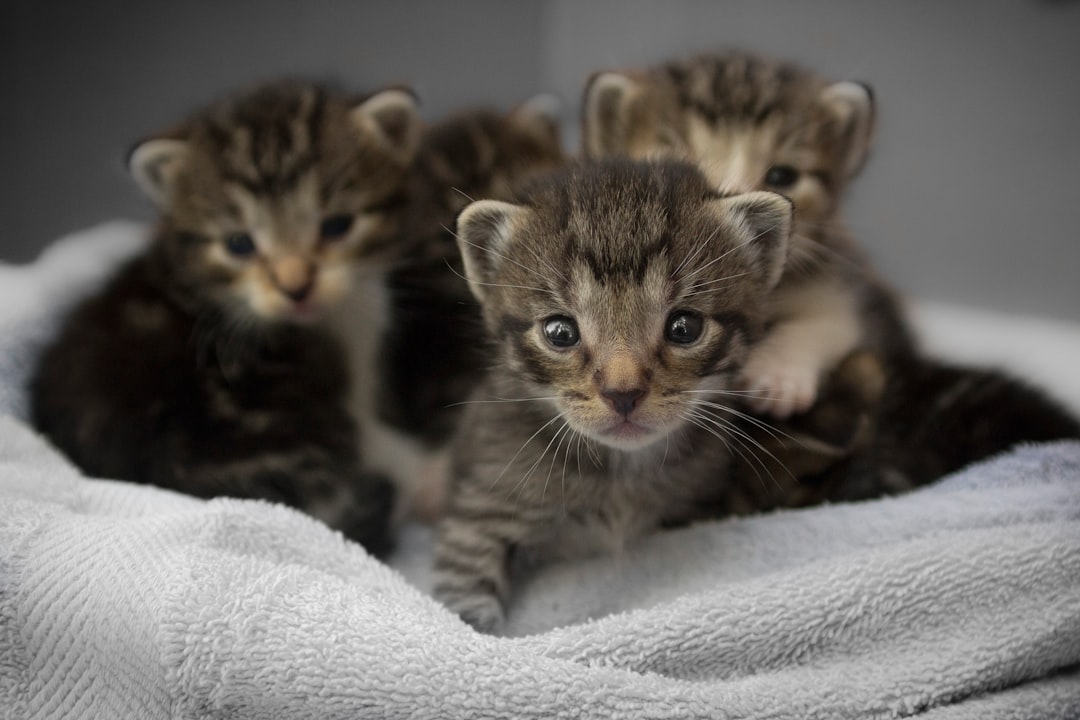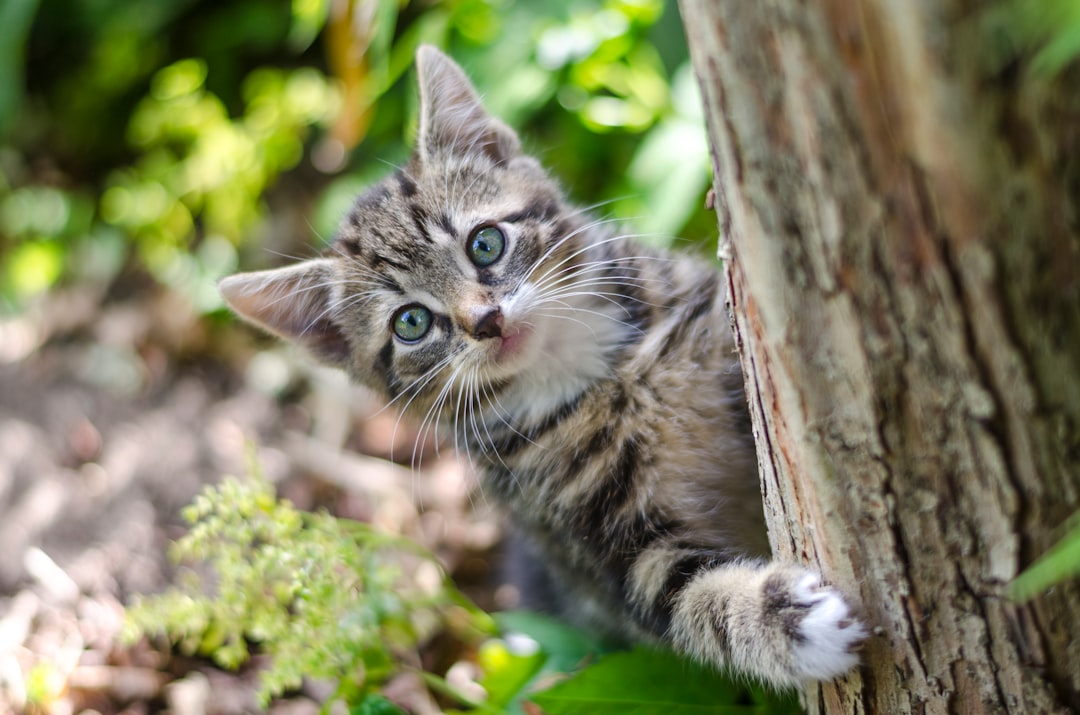As a devoted cat owner, understanding your feline’s lifespan is essential for ensuring their health and happiness. The cat age chart serves as a crucial tool in converting cat years to human years, revealing how your furry friend ages in relation to us. This knowledge not only enhances your appreciation of their life stages but also guides you in making informed decisions about their care. By recognizing the factors that influence a cat’s longevity, you can provide the love and support they need throughout all stages of their lives.
Understanding Cat Aging: The Basics
Understanding how cats age is crucial for meeting their needs and ensuring a healthy life. Like humans, cats go through various life stages, and each stage is marked by distinct physical and behavioral changes. Here’s a quick overview:
- Kitten (0-1 year): Rapid growth, high energy, and curiosity characterize this stage.
- Young Adult (1-6 years): Cats reach maturity both physically and emotionally. They tend to be playful yet independent.
- Adult (7-10 years): Aging begins, and you may notice changes in activity levels. It’s essential to monitor their health.
- Senior (11-14 years): Cats slow down further, potentially developing health issues like arthritis or dental problems.
- Geriatric (15+ years): This stage requires special attention, as senior cats often face several health challenges.
Utilizing a cat age chart helps translate a cat’s age into human years, providing perspective on their life stage and health-related needs. This understanding empowers cat owners to cater to their feline friend’s changing requirements, enhancing their quality of life. For optimal care, refer regularly to a cat age chart to track your cat’s progression and adjust care as necessary.

The Importance of Cat Age Charts
Understanding your cat’s age is crucial for ensuring their health and happiness. A cat age chart serves as an essential tool to provide you with insights into your feline’s stage in life and how it compares to human years. Here’s why utilizing a cat age chart is beneficial:
Guides Health Care: Different life stages come with varying health care needs. Knowing your cat’s age helps you choose suitable veterinary services and preventive measures.
Enhances Lifespan Awareness: Awareness of your cat’s age assists in recognizing what changes to expect as they grow older, helping you plan for their future.
Improves Bonding: Understanding their age allows you to tailor activities and environments suited to their developmental stage, nurturing a stronger bond.
Quick Reference: Cat Age vs. Human Age
| Cat Age (Years) | Human Age Equivalent |
|---|---|
| 1 | 15 |
| 2 | 24 |
| 3 | 28 |
| 4 | 32 |
| 5 | 36 |
Ultimately, a cat age chart not only clarifies your cat’s needs but also enriches your relationship with them by fostering a deeper understanding of their life stages.
Converting Cat Years to Human Years
Understanding your cat’s age is crucial for providing the best care possible. The cat age chart serves as a useful tool to convert cat years into human years, helping you gauge your furry friend’s life stage. Here’s a simple breakdown:
| Cat Years | Human Years |
|---|---|
| 1 | 15 |
| 2 | 24 |
| 3 | 28 |
| 4 | 32 |
| 5 | 36 |
| 6 | 40 |
| 7 | 44 |
| 8 | 48 |
| 9 | 52 |
| 10 | 56 |
| 11 | 60 |
| 12 | 64 |
| 13 | 68 |
| 14 | 72 |
| 15 | 76 |
| 16 | 80 |
| 17 | 84 |
| 18 | 88 |
| 19 | 92 |
| 20 | 96 |
By using this cat age chart, you can better predict your cat’s health needs. For instance, a 7-year-old cat is approximately equivalent to a 44-year-old human, which signifies a transitional phase where they may require extra care. Remember, knowing how to interpret this chart can significantly enhance your understanding of your cat’s lifespan in human terms.
How Cat Breeds Influence Lifespan
Understanding how different cat breeds influence lifespan can be crucial when interpreting a cat age chart. While individual care and health play significant roles, breed characteristics often determine longevity. Here are key factors:
Genetic predispositions: Certain breeds may be prone to specific health conditions, affecting their lifespan. For example:
- Siamese: Generally healthy, living up to 15 years or more.
- Persian: Often faces respiratory issues, averaging 12-15 years.
Size matters: Smaller breeds typically live longer than larger ones. For instance:
- Dwarf breeds: Such as Singapura, often live beyond 15 years.
- Large breeds: Like Maine Coons may average around 12 years.
Activity levels: Some active breeds, such as Abyssinians, tend to have better overall health and longevity.
To better understand your cat’s expected lifespan, consult a cat age chart, considering both breed and individual care. Recognizing these breed differences helps ensure that you provide the best care possible for your furry friend throughout their life stages.

Factors Affecting a Cat’s Lifespan
Several factors can significantly influence a cat’s lifespan. Understanding these elements can help you provide the best care for your feline friend. Here are the main factors that affect how long your cat may live:
Genetics: Some breeds are predisposed to specific health problems. For instance, Siamese cats often live longer compared to Persian cats, which may face more health issues. Referencing a cat age chart can offer insights into lifespan expectations based on breed.
Diet and Nutrition: A balanced diet tailored to your cat’s age, health status, and lifestyle is crucial. High-quality food contributes to overall wellbeing and longevity.
Lifestyle: Indoor cats typically live longer than outdoor cats due to fewer risks, such as accidents, diseases, and predators.
Veterinary Care: Regular check-ups can help detect health issues early. Vaccinations and preventative care play vital roles in prolonging your cat’s life.
Activity Level: An active cat tends to maintain better health. Engaging your feline in play can help keep them fit and agile, thus potentially extending their lifespan as indicated in the cat age chart.
Remember, while you cannot control every factor, creating a loving and safe environment greatly enhances your cat’s quality of life and longevity.
Common Health Issues in Aging Cats
As cats age, they become susceptible to various health issues. Understanding these common problems is crucial for maintaining your cat’s quality of life. The cat age chart can help you recognize when your feline friend might face these challenges.
Here are some prevalent health issues found in senior cats:
Arthritis: Joint pain and stiffness limit mobility. Regular vet check-ups can help manage this condition.
Dental Disease: Periodontal disease affects eating habits. Maintain dental hygiene with vet-approved cat treats or regular cleanings.
Kidney Disease: Often seen in older cats, this condition leads to dehydration and requires special diets to manage.
Hyperthyroidism: This common hormonal disorder leads to increased metabolism, causing weight loss and excessive thirst.
Diabetes: Older cats can develop diabetes, necessitating careful monitoring and possible insulin therapy.
Utilizing a cat age chart enables you to track when these health issues may arise, allowing for proactive care and timely veterinary visits. Regular wellness examinations become increasingly essential as your cat ages, ensuring you catch potential problems early.
Tips for Caring for Senior Cats
Caring for senior cats requires special attention to ensure they lead a healthy and happy life. Here are some essential tips:
Regular Vet Visits: Schedule check-ups at least once a year. Frequent assessments can help you catch any health issues early.
Quality Nutrition: Choose high-quality food designed for senior cats. This can support their aging bodies and maintain a healthy weight.
Hydration Matters: Ensure your cat always has access to fresh water. Dehydration can lead to serious health problems.
Comfortable Environment: Provide soft bedding and easy access to their favorite spots. Your cat may need more rest as they age.
Enrichment Activities: Engage them in gentle play and provide mental stimulation to keep their minds sharp.
Familiarity in Routine: Try to maintain a consistent daily routine to reduce stress as they may need more stability during their golden years.
By keeping the cat age chart in mind, you can better understand their specific needs at various life stages. Tailoring your care based on age will significantly enhance their quality of life.

The Role of Nutrition in Cat Longevity
Proper nutrition plays a crucial role in extending your cat’s lifespan. A balanced diet not only supports their physical health but also enhances their overall quality of life. Here’s how you can optimize your cat’s nutrition:
- High-Quality Ingredients: Choose cat food made with real proteins, essential fats, and minimal fillers. Look for brands that prioritize natural ingredients.
- Age-Appropriate Diet: Older cats have different nutritional needs. Use a cat age chart to select food that caters to their specific stage of life, ensuring they receive the appropriate nutrients.
- Hydration: Cats are prone to urinary tract issues, especially as they age. Encourage water intake by providing fresh water daily or incorporating wet food into their diet.
- Healthy Treats: Limit treats high in calories. Instead, opt for low-calorie, nutritious options that can benefit their health.
By closely monitoring your cat’s diet and adapting it to their aging process, you can help them live a longer, healthier life. Remember, a positive impact on their well-being today can translate to more time together in the future!
Frequently Asked Questions
How do I calculate my cat’s age in human years?
To convert your cat’s age into human years, a common method is to consider the first two years of a cat’s life as equivalent to about 24 human years. After that, each additional cat year is roughly equivalent to four human years. For example, if your cat is 5 years old, that would be calculated as 24 (for the first two years) + 12 (for the next three years) = 36 human years.
Why is it important to understand my cat’s age in human years?
Understanding your cat’s age in human years is crucial as it helps you assess their health and wellbeing relative to their life stage. Knowing their age allows for better veterinary care decisions, nutritional adjustments, and lifestyle modifications that suit their developmental needs, ensuring they enjoy a longer, healthier life.
At what age do cats typically become seniors?
Cats are usually considered seniors when they reach around 10 to 12 years of age. This age can vary depending on factors such as breed and overall health. Senior cats may exhibit different behavioral patterns, health concerns, and dietary needs, necessitating adjustments in their care to cater to their aging bodies.
What are some signs of aging in cats?
As cats age, their behaviors and physical health can change. Common signs of aging include reduced activity levels, changes in appetite, and weight fluctuations. Additionally, you might notice changes in grooming habits, dental issues, and a decline in playfulness. Being mindful of these signs can help you take necessary steps to provide your aging cat with proper care.



